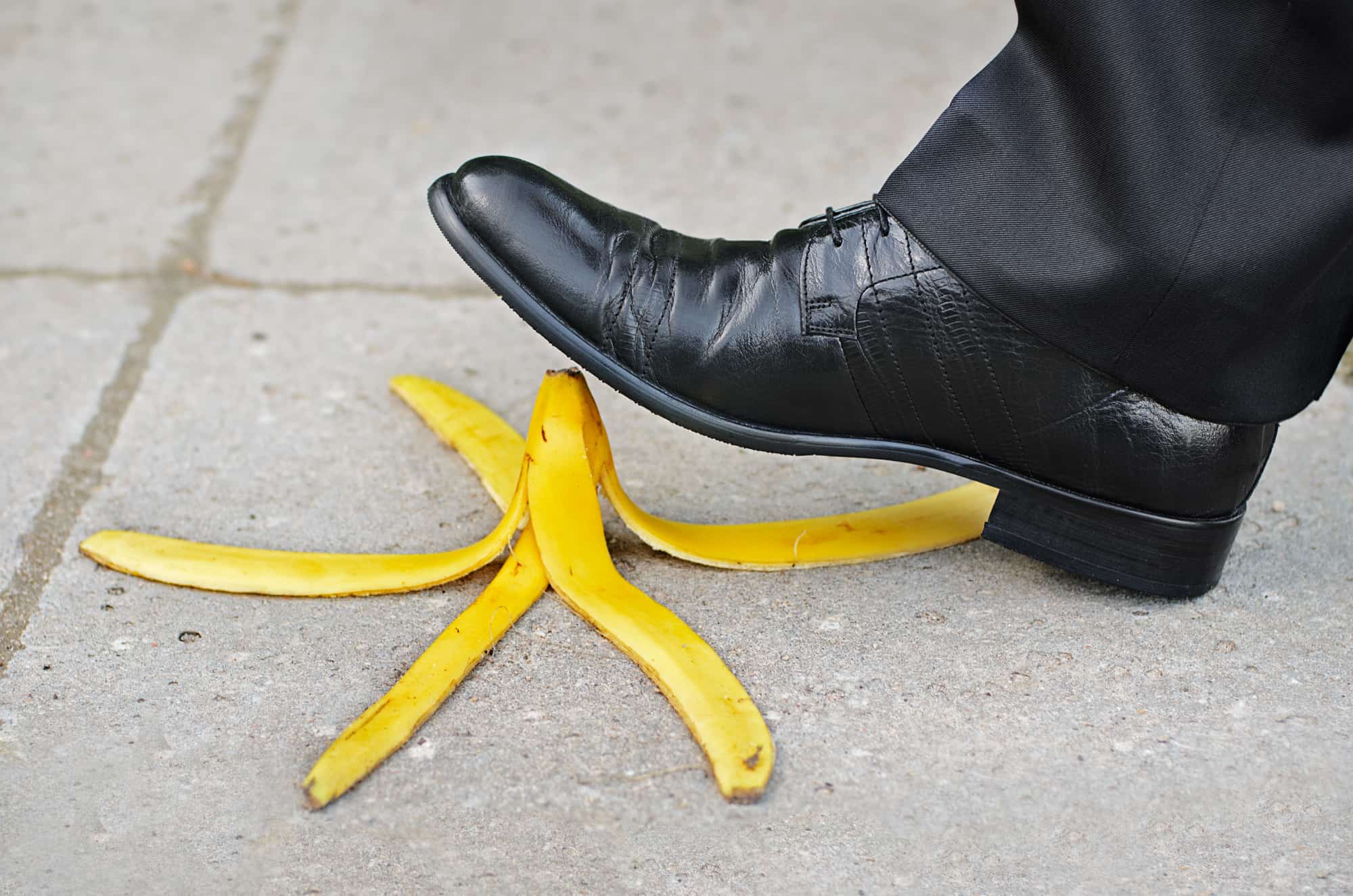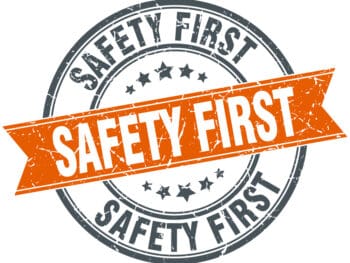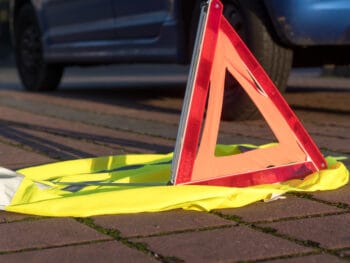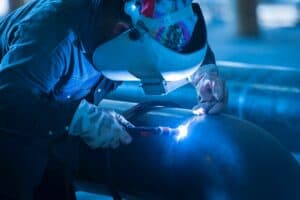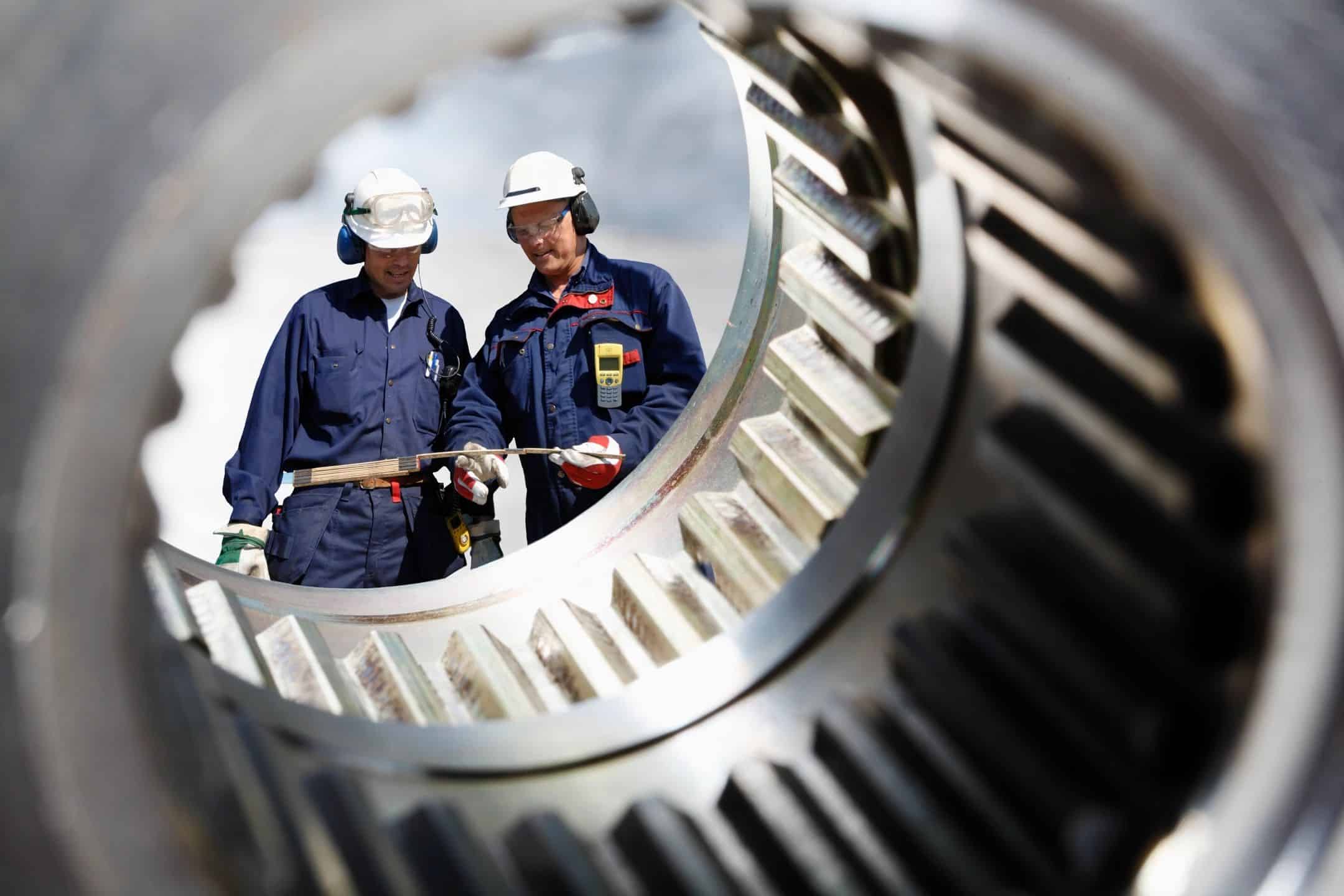
- Sixty-five percent of lost workdays are due to slip and fall accidents;
- Twenty-two percent of slip and fall incidents resulted in more than 31 days away from work; and
- Twenty-four percent of workplace slip and falls can be directly attributed to footwear.
Now is the time for interested stakeholders to be on the look-out – literally – on how they can make their workplaces safer, and reduce workers’ compensation costs by preventing slips, trips, and falls.
Click Link to Access Free PDF Download
“4-Step Sequence For Effective Employee Screening, Hiring, & Placement”
How can I protect my employees from slip and falls?
A great way for an employer to reduce slip and fall accidents is with a company-wide slip-resistant shoe program. This program should be a part of an overall safety plan and can be handled by the safety director, or loss prevention specialist in the organization. A good slip-resistant shoe program can reduce slip and falls by 50 percent or more with little or no cost to the employer.
Implementation of this program starts with a mandate all employees wear appropriate footwear for their working environment. It includes providing guidance to employees about where and how to purchase these slip-resistant shoes. By taking this simple step, businesses can proactively reduce their accident rates and better protect their employees.
How do slip-resistant shoes prevent slip and falls?
Slip-resistant shoes have a specially made sole that offers increased resistance to sliding or skidding in wet, or greasy surface conditions. Common places where this can be a benefit can include factories, industrial areas where employees are working inside, and outside. It can also be beneficial in restaurants or other food service occupations where water and grease are usually found on the floor.
Slip-resistant shoes are made from a softer rubber compound that is designed to provide more traction. When using this simple technology, the show can gripe the floor or another surface by creating a microscopic roughness of the walking surface. Slip-resistant shoe soles typically feature a grid-like tread pattern that funnels liquid out from under the shoe. This prevents the hydroplaning effect like what cars experience when driving on wet surfaces, or puddles at a higher speed.
How do I know my employees are wearing the right shoes?
Not all slip-resistant shoes perform equally. Make sure that employees are only wearing shoes that have been tested and have a slip resistance rating. Many of the shoes from retail shoe stores claim to be slip-resistant but do not offer any significant increase in protection for your employees. A quality slip-resistant shoe vendor should be able to produce test results to verify the slip resistance of their shoes.
What styles of slip-resistant shoes are there?
Nearly any type of work shoe can be made with a slip-resistant sole. Depending on your workplace, the shoe styles your employees wear will vary:
- If you run a restaurant, your kitchen workers might be wearing waterproof clogs, while your servers could be wearing oxfords.
- A hospital or long-term care facility will be a great setting for comfortable, supportive sneakers.
- An industrial or manufacturing setting needs something tougher, such a steel toe or comp toe work boot.
Consider keeping a stock of various sized overshoes on hand for new hires to wear until they get proper footwear. Having extra shoes on hand can also be used by visiting supervisors, or other guests on your premise.
Conclusions
Creating a safe workplace requires employers and other interested stakeholders use creative ideas to reduce injuries. This includes reducing slip and falls, which can increase workers’ compensation program costs. Requiring the use of slip-resistant shoes is one idea that can be implemented in an efficient and effective manner.

Author Michael Stack, CEO Amaxx LLC. He is an expert in workers’ compensation cost containment systems and helps employers reduce their workers’ comp costs by 20% to 50%. He works as a consultant to large and mid-market clients, is a co-author of Your Ultimate Guide To Mastering Workers Comp Costs, a comprehensive step-by-step manual of cost containment strategies based on hands-on field experience, and is founder & lead trainer of Amaxx Workers’ Comp Training Center .
Contact: mstack@reduceyourworkerscomp.com.
Workers’ Comp Roundup Blog: https://blog.reduceyourworkerscomp.com/
©2019 Amaxx LLC. All rights reserved under International Copyright Law.
Do not use this information without independent verification. All state laws vary. You should consult with your insurance broker, attorney, or qualified professional.

